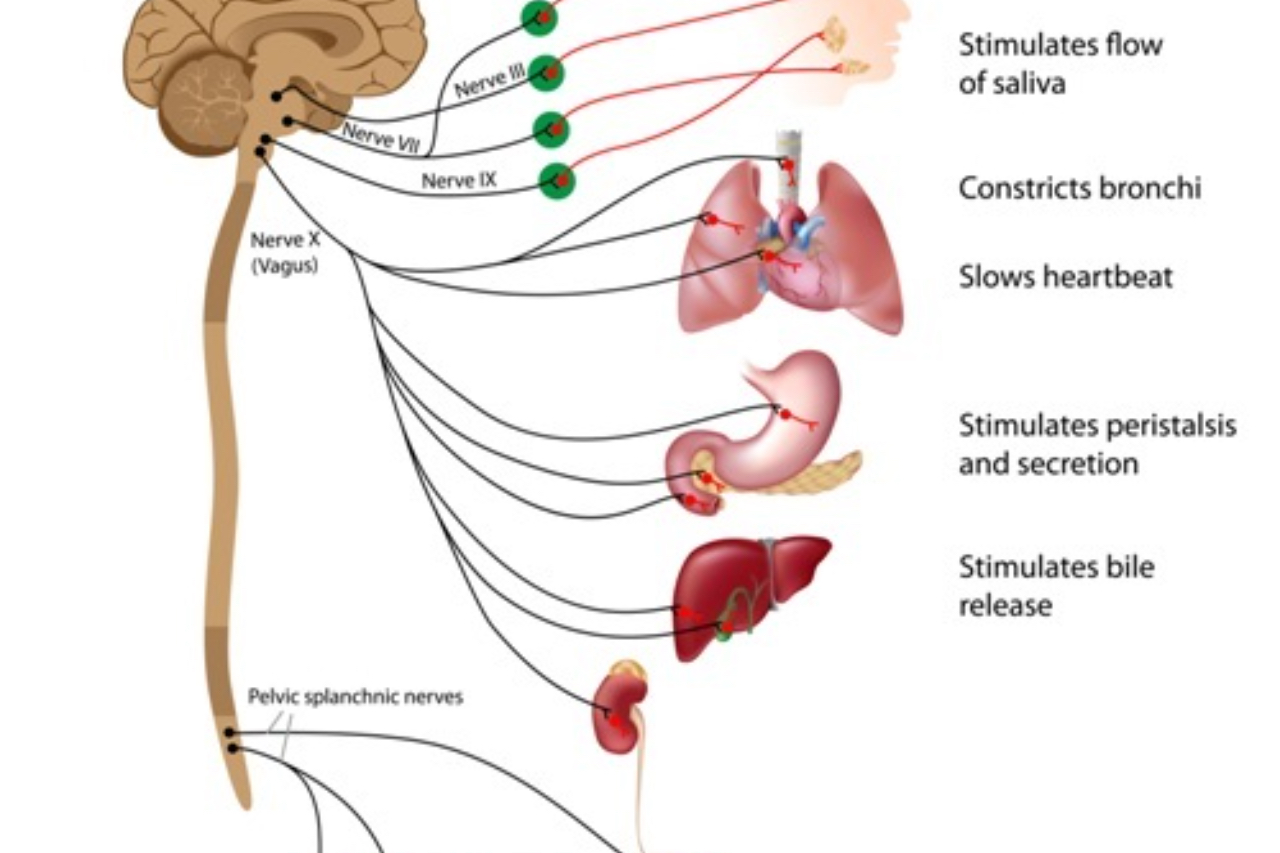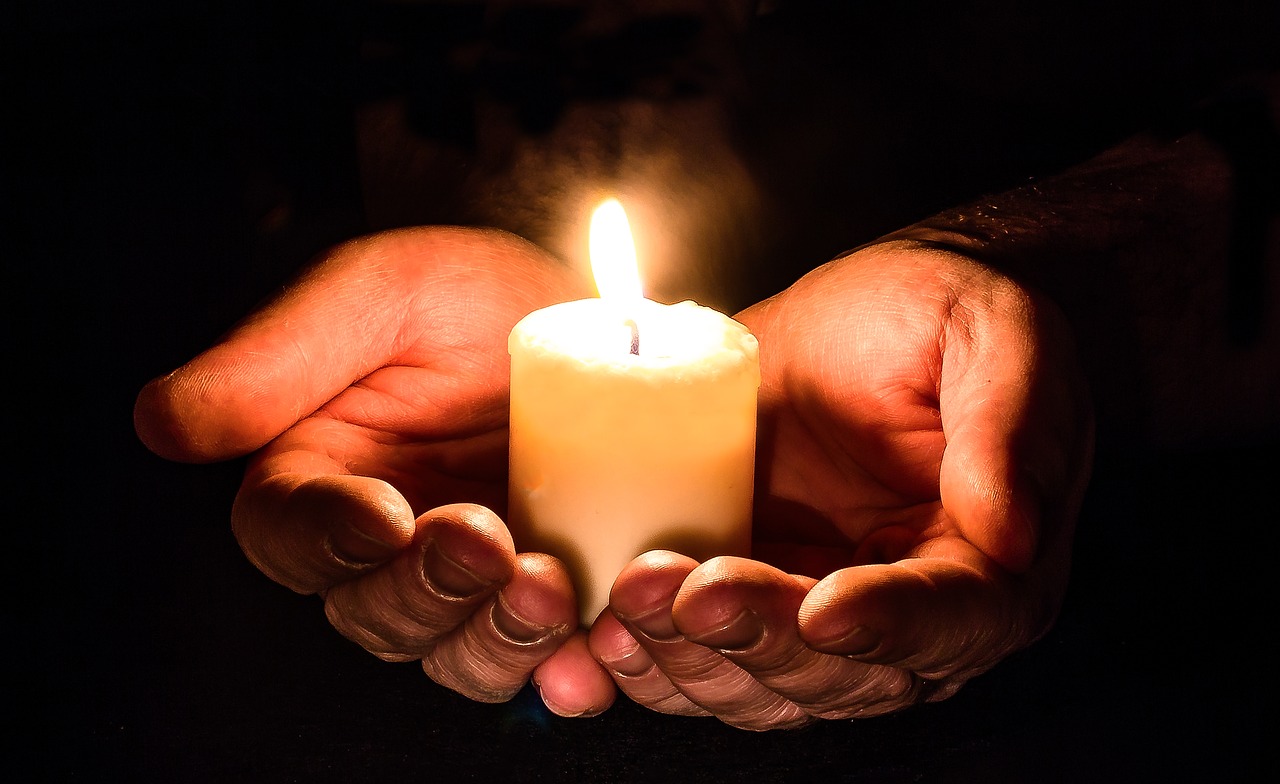Is Yoga just about Asanas?
Yoga has become increasingly popular, millions of people in western societies as well as Indian societies are taking yoga classes. I have seen in many cities across the globe, yoga classes offer only asana practices in their complete time schedule. One of the reasons could be because most of the yoga practitioners & instructors are not aware of the real meaning of yoga. Our ancestors have defined Yoga as the union of our mind body and soul whereas Asana is just one limb of Yoga. There’s much more than Asanas when we talk about yoga.
YOGA is a holistic way to refine the body, the mind and the soul in harmony. Ultimately, it is for well-being, peace and bliss of humans. There are 2 forms of human body – the external body/Physical personality and the internal body/inner self. Keeping in view these forms of body – the eight steps /limbs of Yoga were evolved by Saint Patanjali, who was one of the oldest and greatest known sage of Yoga.
Following are these 8 limbs (also called as Asth-ang) of Yoga: Yama, Niyama, Asana, Pranayama, Pratyahara, Dharana, Dhyana and Samadhi.Yama, Niyama, Asana and Pranayama have greater effect on the physical personality or external shape of the individual. These four together are called Bahirang Yoga (External Yoga). On the other hand, Pratyahara, Dharana, Dhyana and Samadhi have greater effect on the internal personality of the individual. They are called Antarang Yoga (Interior Yoga)
Let us understand each of these in detail
- YAMA (Rules): This is the first aspect of Yoga. The main purpose of yamas is to guide the man to behave in a socially approved way. Mostly they are concerned with social behaviour and how can one live peacefully in society. There are 5 types of Yama: Ahimsa (Non-Violent), Satya (Honest), Asteya (Non-Stealing), Bramhacharya (Celibacy) and Aparigraha (Non-hoarding). At first glance, these considerations mirror the basic morals taught in kindergarten but they have depth in their continued practice.
- Ahimsa (Non-violence): One must try to be nonviolent in his thoughts, words or deeds. Also, one mustn’t encourage someone else to do so.
- Satya (Truth): To be truthful in thought, word and deed and to refrain from speaking untrue.
- Asteya (Non-stealing): To refrain from theft, corruption, black marketing, adulteration and other anti-social activities. Neither to encourage those who indulge in them nor stimulate any one to act so.
- Brahmacharya (Celibacy): To behave properly by fully controlling the five sense organs, five working organs and the mind so as to lead a balanced life, and to have proper control on sexual behaviours.
- Aparigraha (Non-hoarding): Not to procure or accumulate the material, more than the required and strive for the wellbeing of others.
- NIYAMA (Regulations): This is the second aspect of Yoga. Niyama is a set of rules which helps to purify the inner self by changing your behaviour. They lay the foundation towards spiritual development. The 5 main niyama one must follow are: Shauch, Santosh, Tap, Swadhyay and Ishwara pranidhaan.
- Shauch (Cleanliness): To be clean by body and mind. Everyone takes bath to keep the body clean. One has to keep the house, surroundings, work place and the clothes clean. For internal cleanliness, one can remove the internal impurities of the body through cleanses, detoxes, Yoga Kriyas, fasting etc.
- Santosh (Happiness): One must be satisfied with whatever he gets, he may lead a happy and pleasurable life. It is very difficult to be contented with whatever one gets in this materialistic world, still one can lead so with a strong will.
- Tapa (Penance): To face the difficulties with patience and to keep the body and mind peaceful. It increases the inner power to work harder.
- Swadhyay (Self-study): To acquire the knowledge of the Self by studying literary. One must always try to be in company of people who can guide and create good thoughts.
- Ishwara pranidhaan (Total surrender to Divine): To practice and make it a habit to surrender oneself to the God and do the activities. One has to give up his ego and offer the result of the work to the God. One has to serve the society without any expectations.
- ASANAS (Postures): This is the most widely recognised limb of yoga. Asan means a posture. There are many types of asanas – Standing, sitting, supine and prone position which one can practice keeping in mind correct techniques and contraindications. We get the strength and power to fight the disease-causing elements by practicing asanas.
- PRANAYAAM (Control or extension of Pran–vital energy): Pranayaam is the process of controlling the breath with a rhythm. Pranayaam is a compound word with Pran and Ayam. Pran means the power to life that is breathing. Ayam means to develop or increase. Pranayaam, if practiced systematically, can cure all diseases. If we practice Pranayaam correctly and properly, our health and mind are always in our control. Pranayaam is also known as gateway to meditation.
- PRATYAHAR (Withdrawal of senses): It is during this stage that we make a conscious effort to draw our awareness away from the external world and outside stimuli. We detach from our senses and we direct our attention internally. This is the connecting link between Internal and External body. Pratyahar means pacifying the mind or thoughts, heart or feelings for keeping the mind in a subtle state without any thoughts. Each stage here on prepares us for the next, the practice of pratyahara creates the setting for dharana, or concentration.
- DHARANA (Concentration): Dharana is concentration of mind. Dharana means concentrating the mind on a single aspect or an object or a subject, like one’s favourite deity or a symbol or a mantra or the minute aspects or spots such as the center of the eye brows, tip of the nose, heart, navel etc. This practice trains the mind in stillness and focus. Start with just a few minutes each day and expand your practice as it serves you. If other thoughts or distractions flicker through your experiences, recognise them and then let them go.
- DHYAN (Meditation): Dhyana is state of meditation. Dhyan means to deeply concentrate the mind and heart on a single point.
- SAMADHI (Super-consciousness): Eighth and final stage of ashtanga, samadhi, as a state of ecstasy. Samadhi is a state of super consciousness and self-realisation. Overcoming the hurdles and interruptions and concentrating the mind and heart and immersing the Self in that tranquillity is called Samadhi. The peak of the Dhyan is Samadhi. The above eight aspects of Yoga are boons blessed to the world by the ancient Indian culture. Yoga is the doorway towards awakening, to find the real self.
|
From a pimple to cancer, our You Care Wellness Program helps you find a way Talk to our integrative team of experts today 18001020253 |










Leave a Reply